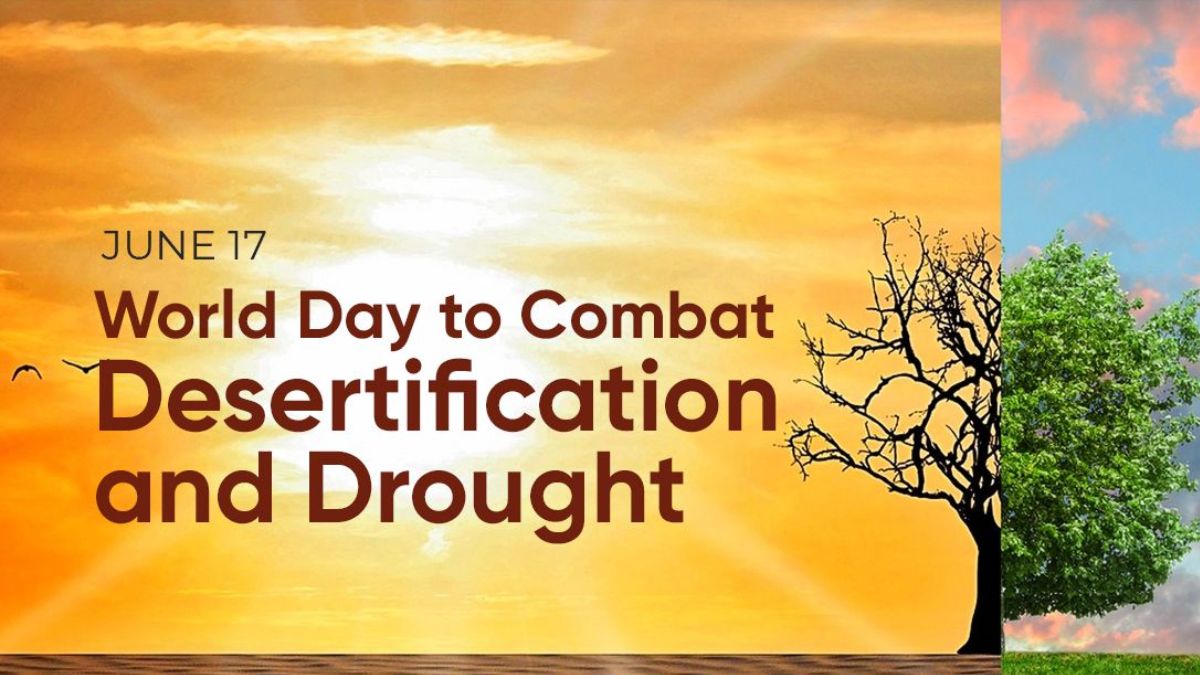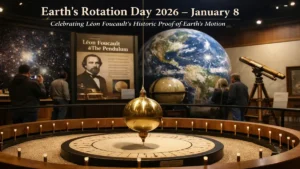Observed annually on 17 June, the World Day to Combat Desertification and Drought is a global call to action against one of the most pressing environmental challenges of our time—land degradation. Established by the United Nations General Assembly in 1994 following the adoption of the United Nations Convention to Combat Desertification (UNCCD), this day underscores the need for sustainable land management and awareness about the rising impacts of desertification and drought, particularly in vulnerable regions.
Why in the News?
The 2025 observance of the day comes at a pivotal moment. Marking the halfway point of the UN Decade on Ecosystem Restoration (2021–2030), this year’s campaign is themed “Restore the Land. Unlock the Opportunities.” It highlights the urgency of reversing land degradation, with 1.5 billion hectares needing restoration by 2030 to meet global targets.
Background
- The roots of this global observance trace back to the 1992 Rio Earth Summit, which identified desertification, climate change, and biodiversity loss as core threats to sustainable development.
- To address land degradation specifically, the UNCCD was adopted in 1994, becoming the only legally binding international agreement linking environment, development, and land. Since then, June 17 has been designated to raise awareness and drive collaborative solutions to combat desertification and drought.
Significance
- Healthy land is foundational to food security, economic stability, and climate resilience. Yet, we are degrading 1 million square kilometers of land annually, equivalent to the size of Egypt.
- More than half of global GDP relies on nature, and degraded land undermines livelihoods, biodiversity, and peace.
- In India, this issue directly impacts agriculture and rural economies, making land restoration not just an ecological concern but a development imperative.
Theme & Focus – 2025
- The 2025 theme, “Restore the Land. Unlock the Opportunities,” emphasizes land restoration as a gateway to economic opportunity, food and water security, and resilience.
- It showcases the restoration economy’s potential—every $1 invested yields up to $30 in returns.
- The campaign also calls for stronger financial commitments, with the UNCCD Global Mechanism estimating that $1 billion daily is needed globally between 2025 and 2030 to meet restoration goals.
Impact & Initiatives
- Globally, over 1 billion hectares of land have been pledged for restoration. Initiatives like the G20 Global Land Restoration Initiative and national commitments such as the Bonn Challenge are leading examples.
- In India, the government aims to restore 26 million hectares of degraded land by 2030.
- The National Action Plan to Combat Desertification (NAPCD) 2023 integrates programs like CAMPA, Green India Mission, and Forest Fire Management, emphasizing afforestation, water conservation, and community-led land stewardship.
Desertification in India
- Nearly 97.84 million hectares of land in India is degraded.
- Key causes include unsustainable farming, deforestation, overgrazing, and mining. States like Rajasthan, Gujarat, and Maharashtra are especially vulnerable.
- India’s efforts under the UNCCD, such as promoting carbon sequestration and establishing a Centre of Excellence in Dehradun for global knowledge exchange, reflect its leadership in land restoration.



 Pravasi Bharatiya Divas (PBD) 2026: Date...
Pravasi Bharatiya Divas (PBD) 2026: Date...
 Earth's Rotation Day 2026 – January 8: C...
Earth's Rotation Day 2026 – January 8: C...
 World Day of War Orphans: Date, History ...
World Day of War Orphans: Date, History ...







